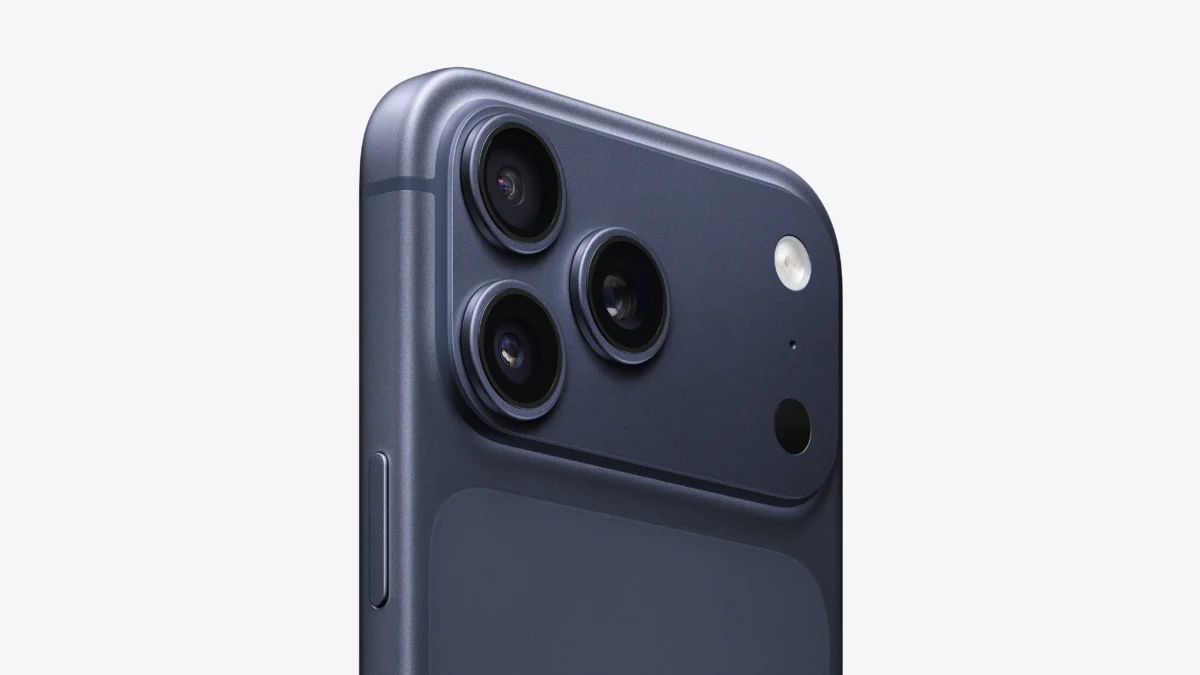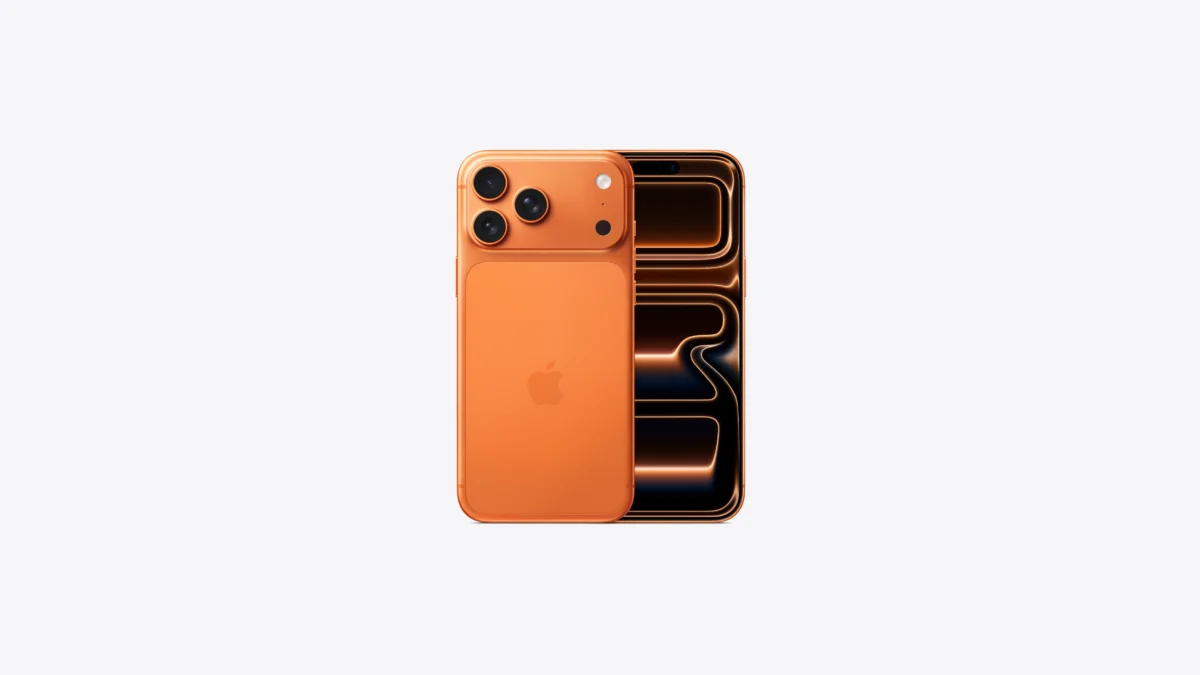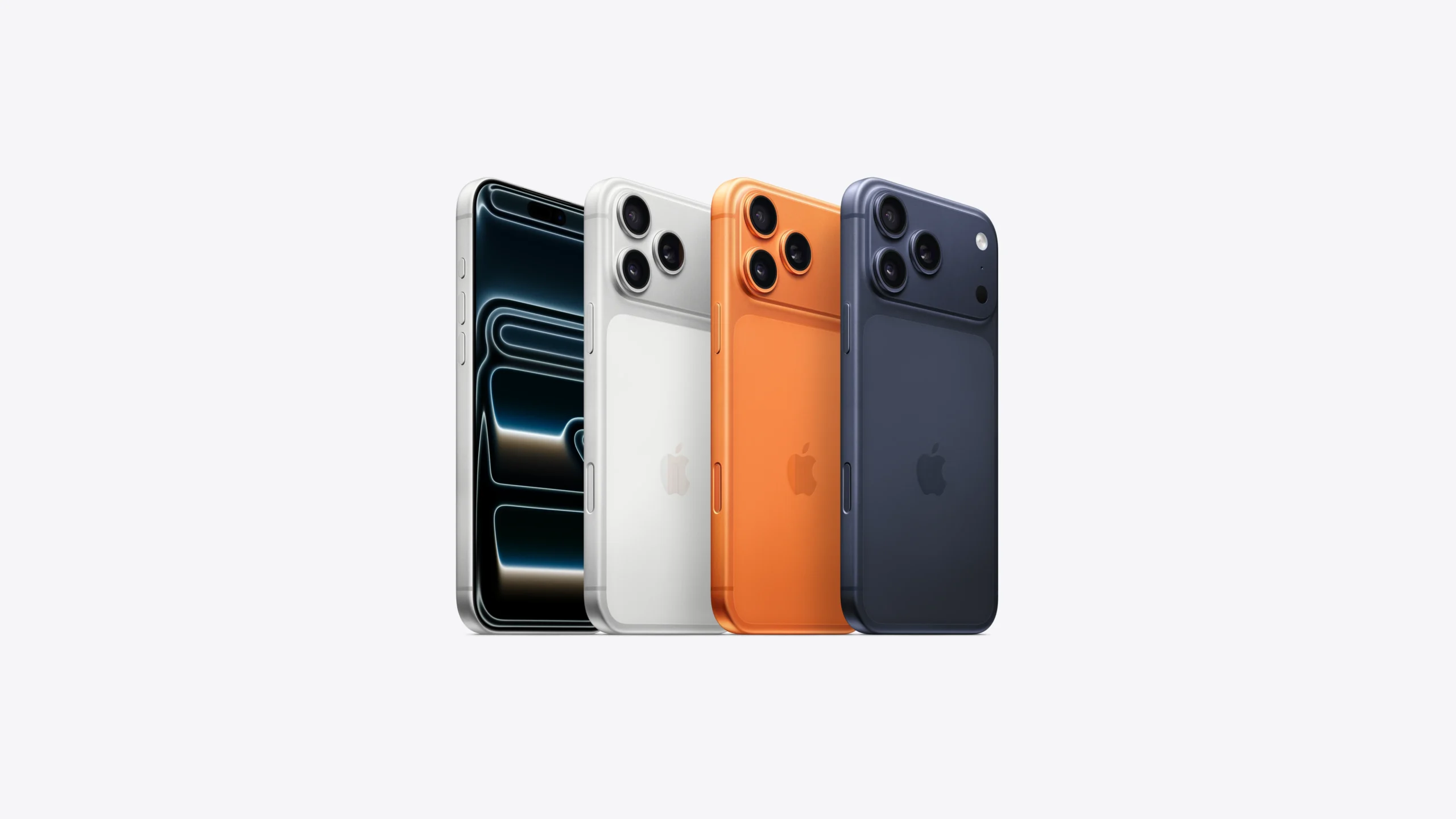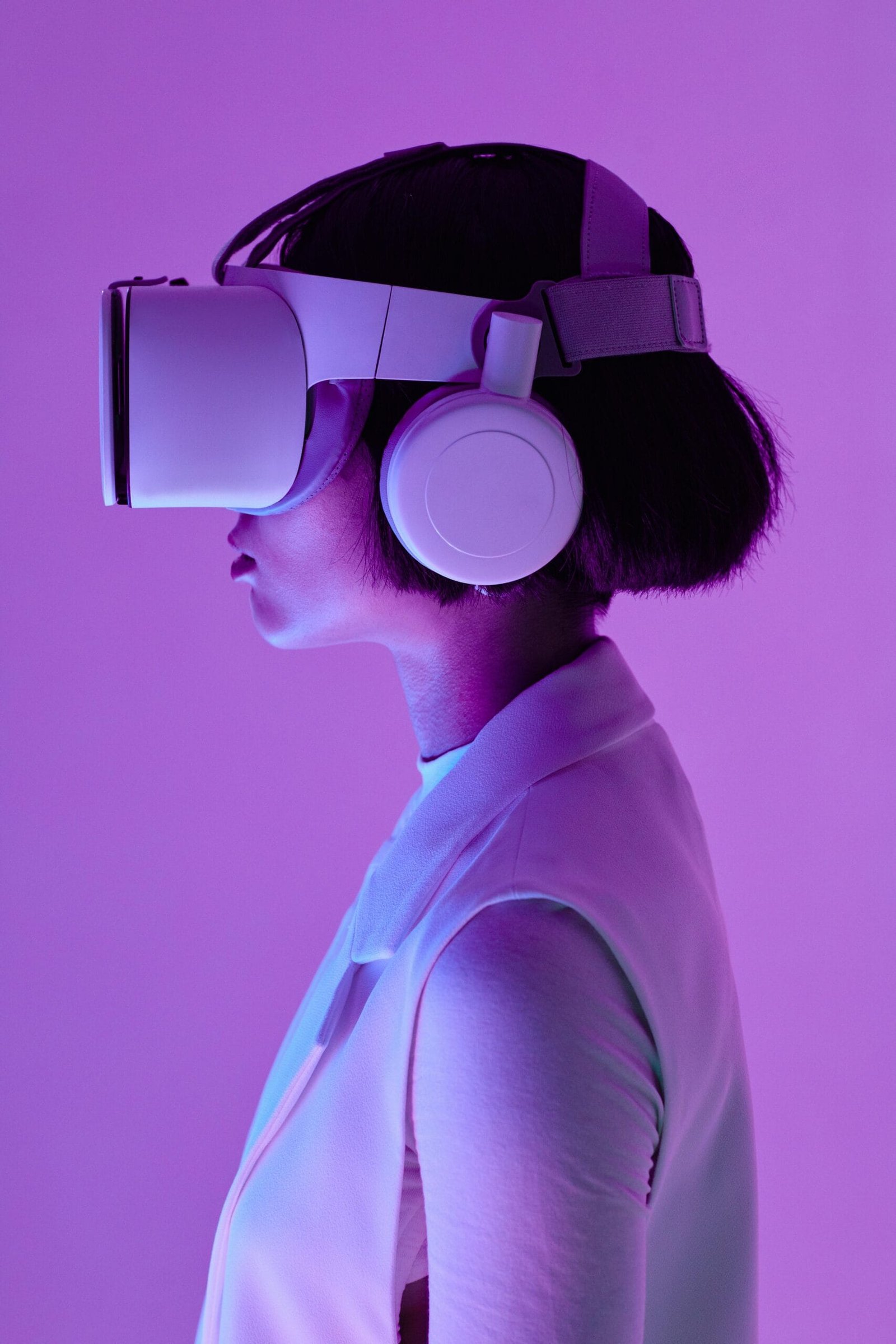The question many people are asking this year is simple: is the iPhone 17 the biggest upgrade since 2019? Apple has released four models, iPhone 17, iPhone 17 Air, iPhone 17 Pro and iPhone 17 Pro Max. Each one brings new hardware, bigger batteries, more powerful cameras, and for the first time since 2019, a design language that feels different across the whole line.
This post will go through every detail of the iPhone 17 series, from design and display to chips, cameras, connectivity, storage, battery life and pricing. At the end, we will compare what Apple introduced in 2019 with what it has done in 2025, and see whether this really is the biggest shift in six years.
Design changes across the iPhone 17 line
Apple has introduced the most noticeable external changes to the iPhone in years.
- iPhone 17 – the base model now has a larger screen, ProMotion for smoother refresh, and refined aluminium edges.
- iPhone 17 Air – the thinnest iPhone ever, with a titanium finish and only 5.6mm thickness. It sits as a premium lightweight option between the regular and Pro models.
- iPhone 17 Pro and Pro Max – use a new heat-forged aluminium unibody, which improves thermal management and creates space for bigger batteries.
The last major design overhaul came with the iPhone 12’s squared-off edges. The iPhone 17 introduces Apple’s most noticeable design change since the iPhone 12’s squared-off edges.
Displays
Every model now uses OLED with brighter peak levels and improved toughness.
- iPhone 17 – 6.3-inch OLED with ProMotion for the first time in a non-Pro model.
- iPhone Air – 6.5-inch OLED, prioritising thinness and lightness.
- iPhone 17 Pro – 6.3-inch Super Retina XDR, 120Hz ProMotion, HDR10 and Dolby Vision.
- iPhone 17 Pro Max – 6.9-inch Super Retina XDR, highest brightness of the lineup, with the same advanced display tech.
By extending ProMotion to the entry model, Apple has made smooth 120Hz scrolling available to more users, removing one of the long-standing gaps between standard and Pro models.
Chips and performance
The series splits performance between two processors:
- iPhone 17 – powered by the A19 chip.
- iPhone 17, Pro and Pro Max – powered by the A19 Pro, the most advanced mobile chip Apple has produced.
Both bring CPU and GPU gains, but the Pro chips deliver higher sustained performance and professional-grade photography features. Apple has not confirmed hardware ray tracing.
Apple has also debuted the N1 networking chip, supporting Wi-Fi 7 and Bluetooth 6, and in some regions the C1X 5G modem. These bring faster connectivity, lower latency, and more stable wireless functions like AirDrop.
Cameras
Photography has been one of the key selling points of the iPhone 17 family.
- iPhone 17 – a 48MP Dual Fusion system, with wide and ultrawide lenses. The selfie camera is now 18MP, upgraded with better sensors and Centre Stage.
- iPhone Air – a slimmer design means a simplified but capable setup, still offering the upgraded 48MP hardware and improved front camera.
- iPhone 17 Pro – triple 48MP system including wide, ultrawide and telephoto. Apple says its new 48MP telephoto delivers clearer zoom and up to 8x optical-like performance.
- iPhone 17 Pro Max – the same triple setup but with the largest sensors, making it the best choice for photography.
All models benefit from the new A19 image pipeline, which enhances low-light performance, portrait depth, and video quality. Pro models can also record in ProRes and support advanced editing workflows.

Battery and charging
Battery life is one of the areas Apple highlighted most strongly.
Approximate capacities from regulatory filings and reports show:
- iPhone 17 – 3,692 mAh.
- iPhone Air – 3149 mAh.
- iPhone 17 Pro – 4,252 mAh.
- iPhone 17 Pro Max – 5,088 mAh, the largest yet.
Apple says the iPhone 17 Pro Max delivers the longest battery life of any iPhone. Charging is also faster, with 50% in around 20 minutes on the Pro models using supported chargers.
Storage and pricing
Apple has increased base storage, reflecting the growing need for space with high-resolution photography and video.
- iPhone 17 – starts at 256GB.
- iPhone Air – also starts at 256GB.
- iPhone 17 Pro – starts at 256GB, goes up to 1TB.
- iPhone 17 Pro Max – starts at 256GB, goes up to 2TB, the first time Apple has offered this.
Pricing (US market):
- iPhone 17 – from $799.
- iPhone Air – from $999.
- iPhone 17 Pro – from $1,099.
- iPhone 17 Pro Max – from $1,199.
(Exact regional prices vary and should be checked on the Apple Store per country.)
Connectivity and sensors
Key upgrades this year include:
- N1 chip for Wi-Fi 7 and Bluetooth 6.
- C1X modem in some markets, with faster 5G throughput.
- Dual eSIM in markets where Apple has removed the physical tray.
- Standard sensors remain, with LiDAR exclusive to Pro models.

Software
All models ship with iOS 26, optimised to take advantage of the new A19 chips. Features include improved camera software, enhanced widgets, upgraded AI tools, and long-term support for security updates.
Model comparison summary
- iPhone 17 – bigger display, ProMotion, 48MP dual camera, solid battery, A19 chip, 256GB base storage.
- iPhone Air – thinnest iPhone, titanium build, balanced performance, slim battery, lightweight focus.
- iPhone 17 Pro – unibody aluminium, A19 Pro, triple 48MP camera system, bigger battery, up to 1TB storage.
- iPhone 17 Pro Max – largest display, 2TB option, biggest battery, best camera system.
Comparing 2019 to 2025
Back in 2019, Apple launched the iPhone 11 series. The biggest changes then were:
- The first triple camera system on an iPhone (iPhone 11 Pro).
- Major improvements to battery life across the board.
- A new Night Mode for photography.
- A repositioning of the Pro brand with different tiers.
That was widely seen as the last truly disruptive iPhone cycle.
In 2025, the iPhone 17 series delivers:
- The most visible design change in years.
- ProMotion on all models.
- 48MP cameras across the line.
- A new ultra-thin “Air” model.
- Apple’s own N1 networking chip.
- Significantly larger batteries, especially in the Pro Max.
- Higher storage ceilings, up to 2TB.
When you weigh these changes together, it is fair to say the iPhone 17 series brings more simultaneous upgrades than we have seen in years. For users coming from 2019 or earlier, this is unquestionably the biggest leap forward.
Final verdict
So, is it worth upgrading to the iPhone 17? For most users, the answer is yes, especially if you are using an iPhone that is more than two or three years old. The shift to ProMotion across the whole line, the jump to 48MP cameras even on the standard model, larger batteries, and the addition of Apple’s new N1 networking chip make everyday use smoother and more reliable. The Pro and Pro Max models go further, offering the most advanced camera systems Apple has ever built, stronger battery life, and up to 2TB of storage.
If you are coming from the iPhone 13 or earlier, the iPhone 17 series feels like a completely different class of device and is the best time to upgrade in years. If you already own a recent iPhone 15 or 16, the improvements will be less dramatic, though the Pro models still offer enough to tempt users who value photography, performance, or battery life.
In short, the iPhone 17 series is not just Apple’s biggest upgrade since 2019, it is also a practical reason to finally make the jump if you have been waiting for something that truly feels new.







